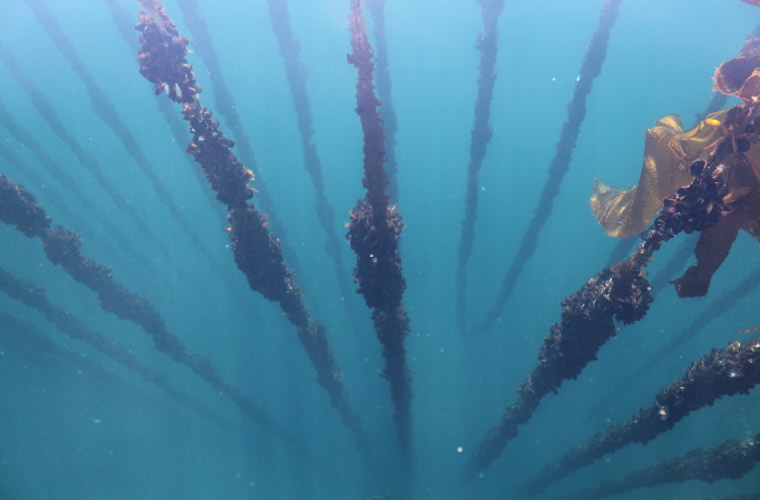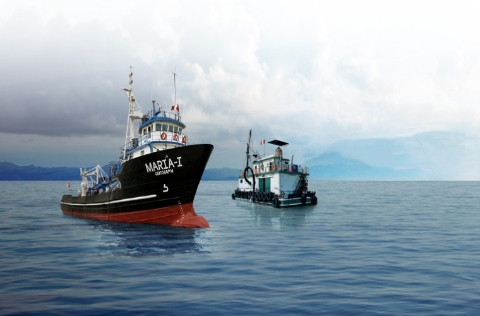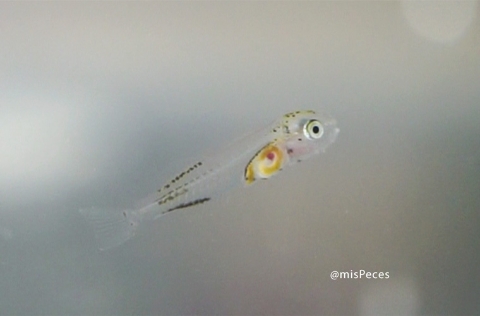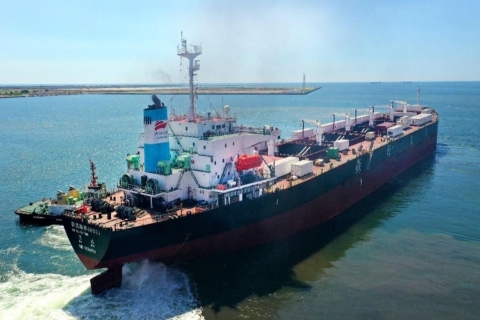
Mussels, with their exceptional filtration capacity and ability to consume phytoplankton, zooplankton, and organic detritus, play a crucial role in reducing nutrient loads in aquaculture system while improving water quality. Their filtration efficiency varies depending on their size (growth stage) and environmental conditions, with studies indicating they can capture particles ranging from 2 to 200 µm.
This makes mussels and ideal companion species in Integrated Multi-Trophic Aquaculture (IMTA) where they not only contribute to nutrient cycling but also support macroalgae growth by enhancing water clarity and reducing competition for nutrients.
However, there remains some debate over their ability to directly assimilate organic matter derived from fish farms. While some research suggests they incorporate fish waste into their diet, other studies indicate that their nutrition primarily comes from natural sources such as phytoplankton.
Mussel growth in IMTA system also varies depending on their positioning relative to fish cages. Based on this, three integration models have been developed to optimise their role: Close Integration Model-Recommended for areas with low water movement, where mussels should be positioned in close proximity to maximise nutrient capture; Downstream Integration Model-Suitable for moderate currents, placing mussels at a certain distance from fish cages to enhance phytoplankton filtration; and Wide Distribution Model- Designed for highly dynamic environments, where mussels are spread over a large area to slow water currents and optimise feeding efficiency.
The incorporation of mussels into IMTA system not only enhances water quality and reduces nutrient loads, but it also presents a significant opportunity for sustainable aquaculture expansion. Furthermore, combining mussels with other extractive species, such as macroalgae and sea cucumbers, can further optimise nutrient cycles and minimise aquaculture’s environmental footprint.
These insights reinforce the importance of adopting multi-trophic production strategies, aligning with blue economy principles and modern sustainable aquaculture.



